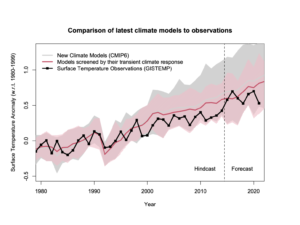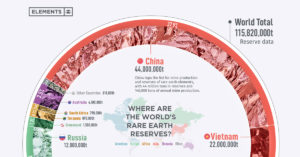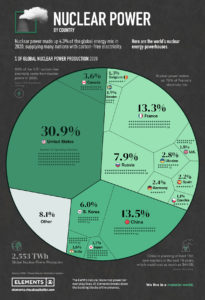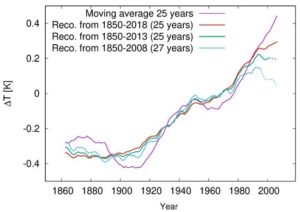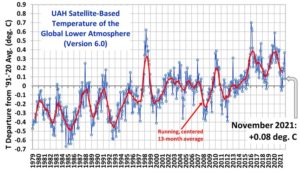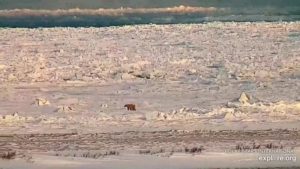by Tohoku University, Japan, Feb 1, 2022 in WUWT
Researchers in Japan, Sweden, and the US have unearthed evidence that low volcanic temperatures led to the fourth mass extinction, enabling dinosaurs to flourish during the Jurassic period.
Large volcanic eruptions create climatic fluctuations, ushering in evolutionary changes. Yet it is the volcanic temperature of the eruption that determines whether the climate cools or warms.
Since the emergence of early animals, five mass extinctions have taken place. The fourth mass extinction occurred at the end of the Triassic Period – roughly 201 million years ago. This mass extinction saw many marine and land animals go extinct, especially large-body, crocodilian-line reptiles known as pseudosuchia. Approximately 60-70% of animal species disappeared. As a result, small bodied dinosaurs were able to grow and prosper.
Scientists think the fourth mass extinction was triggered by the eruptions in the Central Atlantic Magmatic Province – one of the largest regions of volcanic rock. But the correlation between the eruption and mass extinction has not yet been clarified.
Using analysis of sedimentary organic molecules and a heating experiment, current professor emeritus at Tohoku University, Kunio Kaiho and his team demonstrated how low temperature magma slowly heated sedimentary rocks, causing high sulfur dioxide (SO2) and low carbon dioxide emissions (CO2).
…

